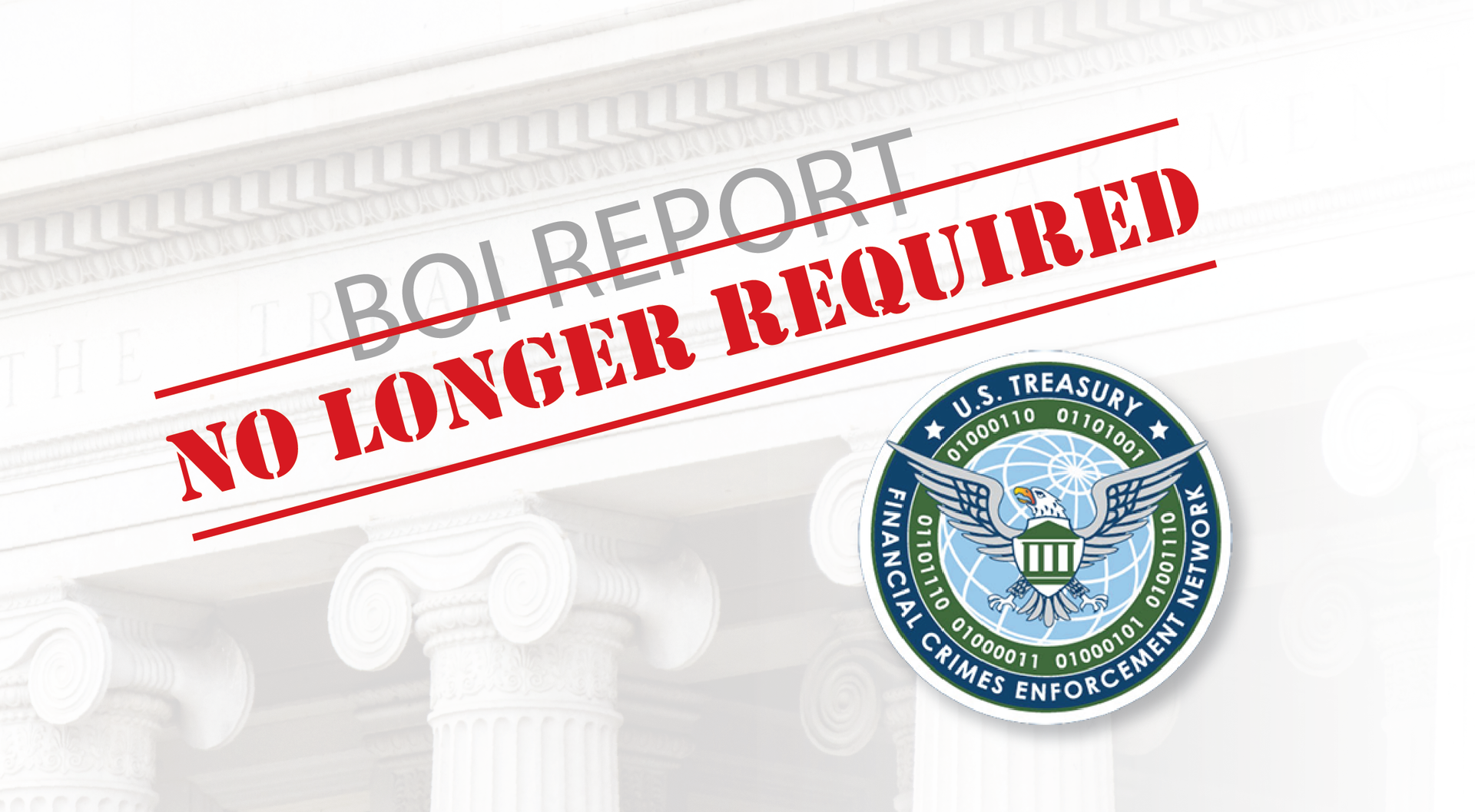Banking and Business Monthly – June 2022
Are Continuing Guaranties Enforceable?

A recent case from the First District of the Appellate Court of Illinois addressed the enforceability of continuing guaranties. Often, commercial lenders require personal guaranties from the principals of corporate or LLC borrowers, and such guaranties often take the form of continuing guaranties. A continuing guaranty is “a contract pursuant to which a person agrees to be a secondary obligor for all future obligations of the principal obligor to the obligee.” TH Davidson & Co. v. Eidola Concrete, L.L.C., 2012 IL App (3d) 110641, ¶ 11 (quoting Restatement (Third) of Suretyship and Guaranty § 16 (1996)). In other words, a continuing guaranty is a promise by the guarantor to be liable for future or successive loans from the lender to the borrower, not just one individual loan.
In the case of Amos Financial LLC v. Sydlowski, 2022 IL App (1st) 210046-U, the issue arose as to whether a guaranty was continuing and thus still valid even though it was executed two years before the related promissory note. The court ultimately ruled that a continuing guaranty is still valid even if the guaranty was not explicitly assigned and even if it was executed before the promissory note. Id. ¶¶ 1-2, 47. The ruling validates the existence of continuing guaranties so long as they adhere to traditional contract principles. As the court summarizes, “[c]ontinuing guaranties . . . are valid, binding, and have a long history in Illinois.” Id. ¶ 38.
On October 11, 2018, Amos, as plaintiff and assignee of the note (Plaintiff), filed a complaint against Szydlowski, as defendant/guarantor (Guarantor), alleging breach of a guaranty. Id. ¶ 5. The original guaranty was executed on May 1, 2008 by several individual guarantors. Id. ¶ 7. The note at issue was originally executed on October 1, 2010 by a law firm, as borrower (Borrower), and its lender, First Midwest Bank (FMB). Id. ¶ 5. The note was assigned twice, the second time in 2018 to Plaintiff. Id. ¶¶ 5-6. Borrower subsequently defaulted on the note, and in response, the Plaintiff brought action for summary judgment against the Guarantor alleging breach of the guaranty in order to recover the money owed under the guaranty. Id. ¶ 12.
In opposing the action, the Guarantor relied on two primary arguments. First, the Guarantor argued that the Plaintiff had failed to establish that Plaintiff was the current assignee of the guaranty. Id. ¶ 34. Second, even if Plaintiff was the current assignee, Guarantor argued that there was still a genuine issue of material fact as to the scope of the Guarantor’s liability. Id. However, the court ultimately sided with the Plaintiff, and in the process highlighted two important concepts regarding continuing guaranties.
First, continuing guaranties are construed according to contract principles. Thus, determining whether a guaranty is a continuing one will depend on the contractual language, interpreted according to the parties’ intent. Id. ¶ 39. If a written guaranty appears to demonstrate that the “parties look[ed] to a future course of dealing or a succession of credits,” it is considered continuing. Id.
Applied to the case before it, the court found that there was no doubt that Plaintiff and Guarantor contemplated a “future course of dealing.” The guaranty contained a heading saying CONTINUING GUARANTY, stated that the Guarantor would remain responsible for the Borrower’s current and future indebtedness, contained no limit on the duration of the guaranty, and expressly authorized FMB to extend additional credit to the Borrower. Id. ¶¶ 40-42. Therefore, the court held Guarantor was liable to Plaintiff under a continuing guaranty. A key takeaway from this case is that the express language of the contract is key to determining whether a guaranty is continuing.
Second, no explicit assignment of a guaranty is needed to enforce a guaranty under a note. Pursuant to Comment f to Section 13 of the Restatement (Third) of Suretyship and Guaranty, “assignment of the underlying obligation also assigns the secondary obligation,” “unless there is agreement to the contrary or assignment is prohibited.” Restatement (Third) of Suretyship and Guaranty, § 13, Comment f. (1996). Therefore, if an underlying obligation (a loan or note) is assigned to another party, any secondary obligation (such as a guaranty) is also assigned.
The court found Comment f of Section 13 to be persuasive. Amos Financial LLC, 2022 IL App (1st) 210046-U at ¶ 47. Relying on this section, it found that when the 2010 note was assigned to the Plaintiff, the guaranty was automatically assigned as well. Id. ¶ 48. This particular holding favors creditors and their assignees, as it ensures that a guaranty does not require an explicit assignment but rather follows the assignment of the note to the assignee.
The recent ruling by the Appellate Court of Illinois, First District validates the existence of continuing guaranties, so long as the continuing guaranty adheres to basic contract principles. In addition, it favors creditors and their assignees by making it clear that a creditor’s assignment of the underlying note or obligation will carry the related continuing guaranty with it. For further inquiries or questions, please contact me at smigala@lavellelaw.com or at (847) 705-7555.
More News & Resources
Lavelle Law News and Events












